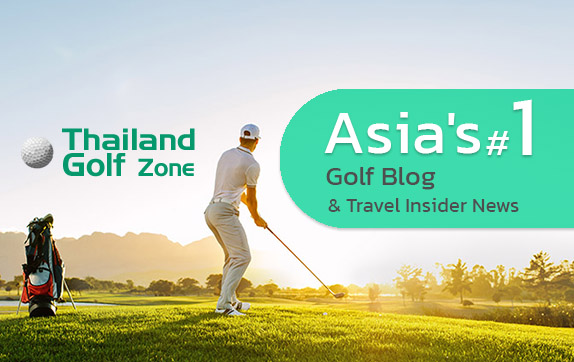 Probably the most important thing to learn about golf in Thailand is how to read the greens. While Thai caddies can tell you where to hit a putt, it is always helpful to understand why putts break the way they do. Grass in Thailand is mostly Bermuda and very grainy. Grain, or the direction the grass blades grow, is many times just as important to the line and speed of a putt as is the slope of the green itself. To read the grain, there are a couple of things to pay attention to.
Probably the most important thing to learn about golf in Thailand is how to read the greens. While Thai caddies can tell you where to hit a putt, it is always helpful to understand why putts break the way they do. Grass in Thailand is mostly Bermuda and very grainy. Grain, or the direction the grass blades grow, is many times just as important to the line and speed of a putt as is the slope of the green itself. To read the grain, there are a couple of things to pay attention to.
First, look at the color or shade of the grass between your ball and the hole. If it all looks the same color, turn around and look in the opposite direction. You should be able to see that in one direction the grass is a lighter color or shiny and in the other direction it will appear darker. The light shade means the grass is growing in that direction, or “down grain”. If your putt will travel over mostly light shaded or shiny grass, it will be much faster than normal. Conversely, if the grass is a darker shade, your putt will be slower than normal, as it is “into” or “against” the grain. Grass is darker because you are actually looking under the blades of grass and the small shadows they cast as it grows toward you. Grass is shiny because you are looking at the top of the blade as it grows away from you. If grain is growing to the right or left, you will have to play more or less break depending on slope and grain direction of that putt.
The second trick you can use to determine grain is to look at the hole itself. All of the better Thailand golf courses like Alpine and Amata Spring will relocate the hole each day. After it has been cut in the morning, as the day goes on, one side of the hole will turn brown. This happens as the grass blades die around that edge of the hole, where the roots have been cut. Only one side or portion of the hole will turn brown and this will tell you the grain is growing in that direction. Again, if you are putting toward the brown side of the hole the putt will be slower than normal. Remember, this trick will only tell you where the grain is growing at the hole. You must look at the entire putt to able to judge accurately. Also, how the grass is growing near the hole will have slightly more influence on a putt, as the putt will typically be moving slower the closer is gets to the hole and be more vulnerable to the grain.
Once you get the hang of reading grain, you will be good at putting on your Thailand golf holiday!
This post has already been read 717 times!







